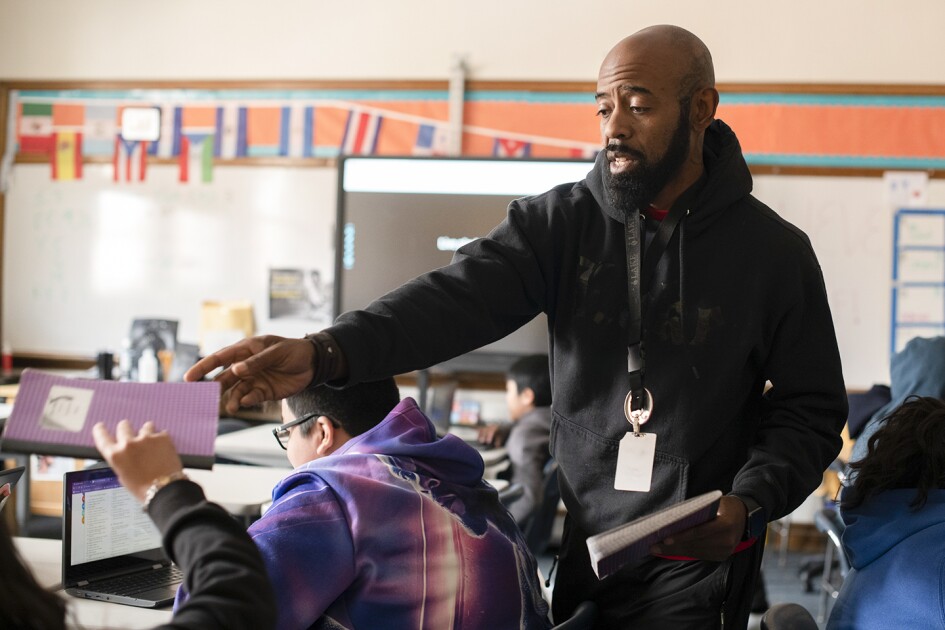Late last month, the U.S. Department of Education announced the first winners in its Race to the Top grants competition, sending shock waves through statehouses across the country. Only Delaware and Tennessee won awards, leaving 39 other applicants—14 of them finalists—out of the first-round money.
Commentators pored over the results, searching for the secret to winning. They latched on to one of the most accessible explanations: The winning states had convinced nearly all of their local school districts and teachers’ unions to support their applications.
The need for broad buy-in—and its implication that states must water down their proposals to get it—quickly became conventional wisdom. The Wall Street Journal wrote that the results “sent a message to state capitals that winners must garner broad support from teachers’ unions and local school boards.” The Associated Press concluded that strong local support in Delaware and Tennessee “helped them stand out from the other 14 finalists.” Education Week’s headline read, “Local Buy-In Helps Two States Win Race to Top” (March 29, 2010).
There’s just one problem: It’s not true.
Several states secured as much buy-in as the winners but still finished far behind them. Some of those states, like Utah and Kansas, didn’t even qualify for the finals. Idaho secured support from every single union in the state, but managed only a 28th-place finish. Buy-in was not enough to make up for major weaknesses in these states’ applications.
At the same time, states with relatively low buy-in still came very close to winning. Florida finished in fourth place even though only 8 percent of local unions signed on to its plan. Louisiana earned the highest score in the contest’s most heavily weighted category—“great teachers and leaders”—despite earning support from fewer than half its districts. Both states could have scored even higher by correcting specific deficiencies in their applications that had nothing to do with stakeholder support. Louisiana, for example, lost just 6 points on local buy-in, but 15 points for inadequately addressing the application section on math and science education.
Clearly, buy-in is not the golden ticket it has been made out to be. But if it’s not the key to winning, what is?
In short: vision and leadership. Tennessee and Delaware distinguished themselves by committing to bold, comprehensive reforms, such as creating rigorous teacher evaluations tied to student learning and making big changes in failing schools. They built their plans around changes to state laws, ensuring that all districts would faithfully implement the policies that were passed. They recognized that incorporating feedback from teachers and other stakeholders would strengthen their applications, but they made participation in the dialogue contingent on a commitment to sensible reforms.
What neither of these states did was water down its application to earn the blessing of unions and school boards. Unfortunately, that’s exactly what the buy-in myth encourages states to do. It wrongly suggests that Florida, Louisiana, and other states that put forward strong proposals lost because they went too far, when the truth is that they could have won by going just a little bit farther.
Being bold, after all, is what the Race to the Top is all about. It’s why education leaders believe it’s an opportunity to transform public education and give generations of children a brighter future. That goal is still within reach—but only if states can separate myth from fact.







